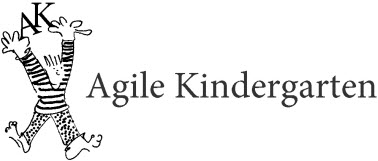The Psychology of Agility
Last night I presented at the Agile Boston monthly User Group on the Psychology of Agility. It was fun! I focused on the three E’s.
- Expectation: You create what you expect to get.
- Environment: An opportunity to set the stage for success.
- Equilibrium: Learning requires scaffolding to control the Fear of Failing.
We covered a lot of ground. In our allotted time, we engaged in several interactive exercises that required standing, sitting and hand motions. For my part, I used flip charts and story telling techniques. The audience was quite positive in their feedback. However, the most interesting comment I received on the feedback form was this – “Interesting. I enjoyed it. I never attended a presentation without a PowerPoint.”
How sad! The brain works with best when the body is engaged. Our consciousness only makes up a minuscule portion of our brains. The visual motor portion of our brain, which also holds our memories, is much more powerful. Underlying it all is our emotional interpretation, the most powerful and oldest part of our brains. When you hear a successful person say something like, “I do my homework, but I trust my gut,” he or she is telling you that success requires mental activities that cannot be quantified. But those mental activities can be accessed through devices known to storytellers and good teachers.
If I had to reduce it to a single sentence, I would say:
Transformational change is nothing more nor less than Learning, when Learning is accomplished through activities and exercises that evoke visual, motor and emotional engagement, preferably in a supportive social environment.





